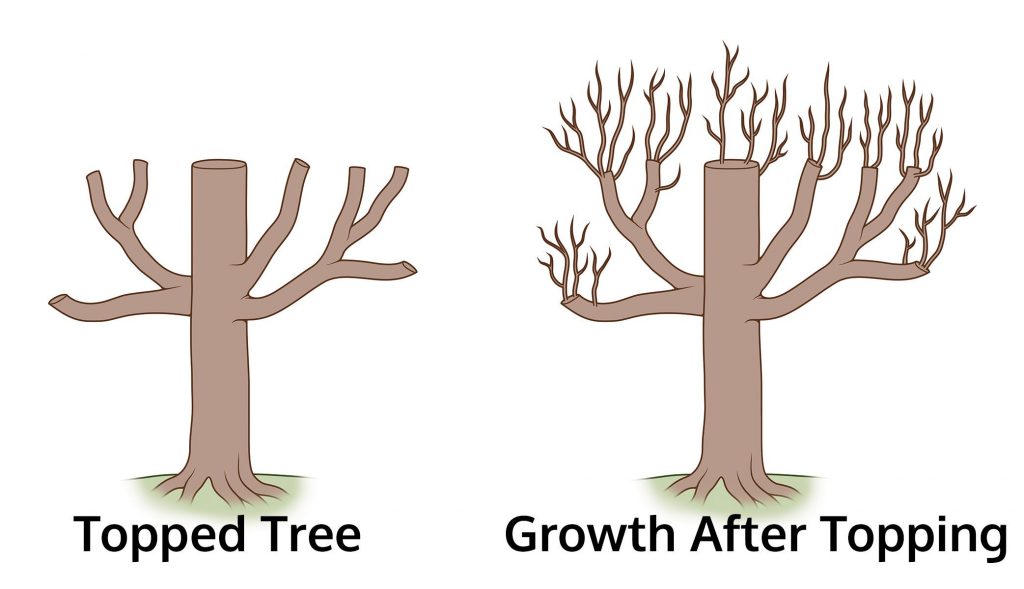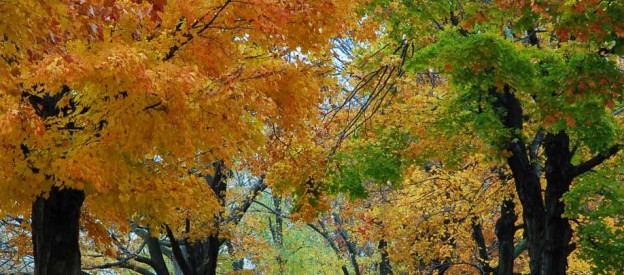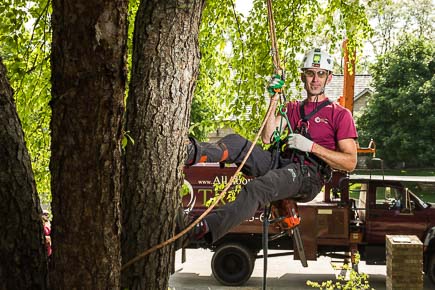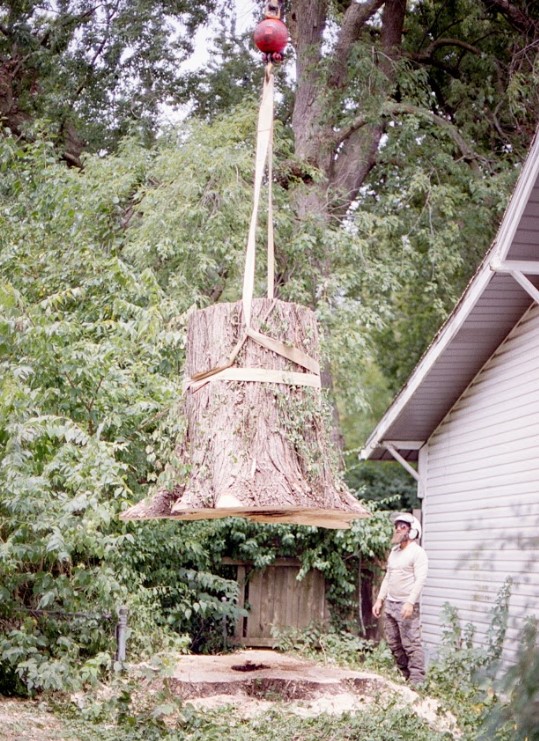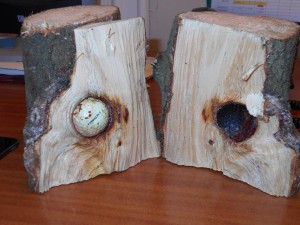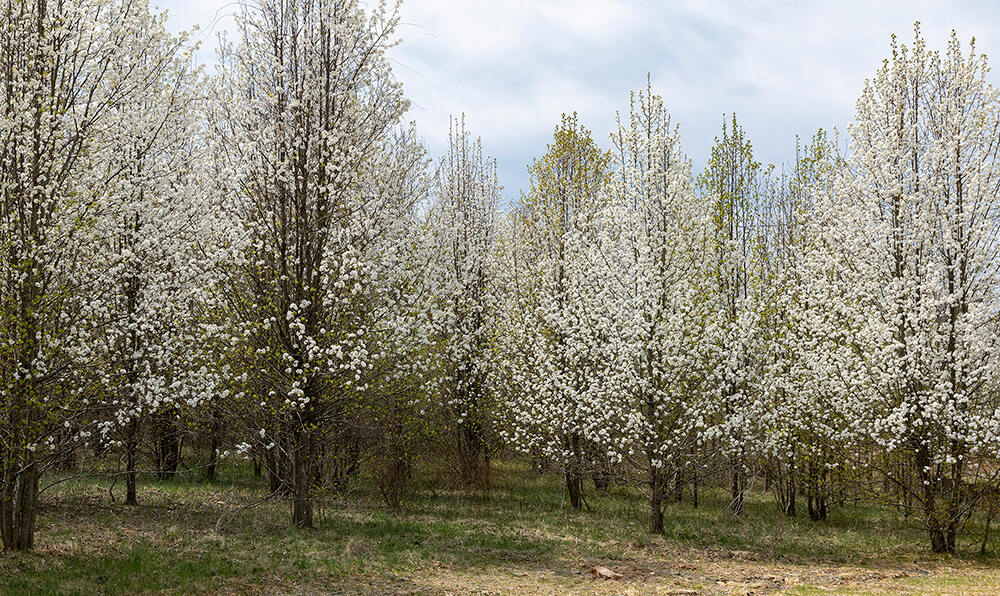
Field of invasive Bradford pears
When people ask me what to do about their overgrown Bradford pears, I always say, “Cut it down and put a better tree here!”. Here are some of the reasons why:
Bradford pears, also called Callery pears, are an invasive species within the United States. They were introduced from China and Vietnam in 1964 as a fast-growing ornamental species. Due to this, they were quickly adopted by landscapers and gardeners. However, what they did not know at the time is that Bradford pears are incredibly invasive. After decades of widespread planting of this tree, we are still feeling the effects. The pears strangle out native trees and plant life, which is devastating to the ecosystem.
This is why we recommend removal of Bradford pear trees if at all possible.
If you would like to know more about our tree removal services, click here.
All About Trees is a locally owned, full-service tree care company in Springfield MO serving a 20-mile radius around the Springfield area. We offer many services, including tree pruning and trimming, tree removal, planting, stump grinding, cabling and bracing, shrub trimming, and consultation. All About Trees is caring for Springfield’s urban forest, one tree at a time.




